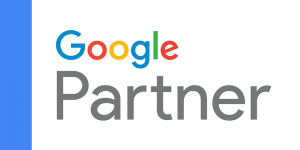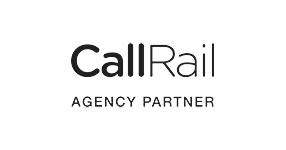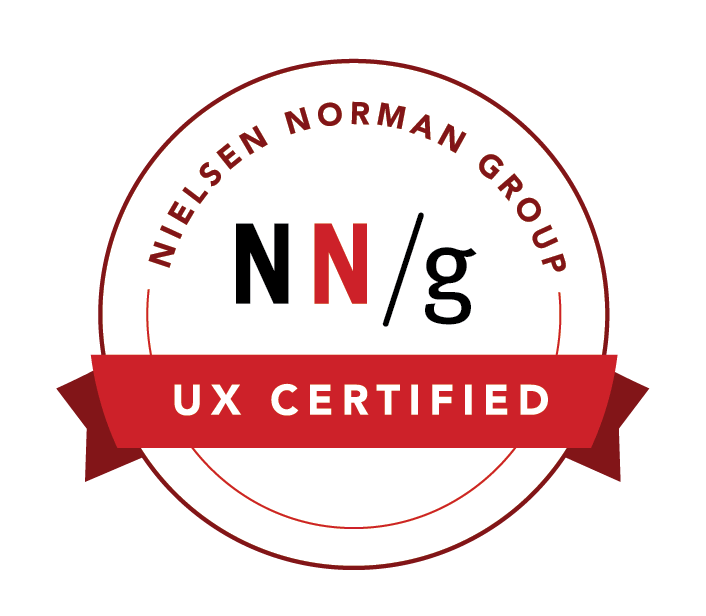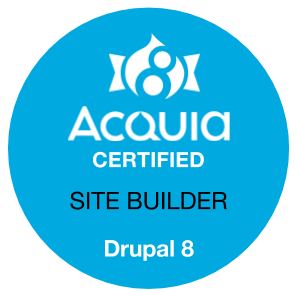My sound doesn’t work! Social media apps leaving some in the dark.
February 7th, 2007
This morning I sat down to watch an episode of the show by zefrank. As the video loaded and began playing I soon realized, my sound was not working. Was it muted? No. Was the volume turned down? No. What in the world was causing this? Oh well, probably just need to reboot...
Then it dawned on me: while a reboot would assuredly fix this issue (it's happened before), what about people who can't hear? For that matter, what about people who can't see?
As our world runs head-on into the age of social-media networking with apps such as YouTube and beautifully complex AJAX'ed apps, what happens to accessibility?
Accessi-what?
To quote the devine Wikipedia:
Accessibility is a general term used to describe the degree to which a system is usable by as many people as possible.
More importantly, accessibility is about ensuring everyone has equal access. The same way in which there are audio signals for pedestrian crossings, braille signage, wheelchair ramps, and closed-captioning for television, should there not be such a standard on the web?
Let's rewind back to 1999.
Such a phenomenon as accessibility in the online realm is old-hat to those of us who've been in the web-development industry for a while. Originally, pages were hacked up into code in whatever manner necessary to get the desired visual result desired; however, in the late 90's people began to approach design/HTML-coding from a different perspective—vast amounts of knowledge was being poured onto "the internet" daily and what reprecussions would it have if that knowledge-sharing couldn't be shared with all?
By asking that single question, the entire web development community experienced a paradigm shift—no longer did we just throw something up to make it look pretty. It was now about writing meaningful, semantic code that could be understood by all things, people and machine alike.
Bringing accessibility to a YouTube generation.
Upon experiencing my busted audio-driver debacle and ultimately this brainstorm, I told myself there must be some form of captioning program for online-video. After quickly researching there exists such a thing, actually a lot of things! Google Video even provides closed-captioning built into their application.
And for the beastly AJAX-infused apps? That too can be taken care of by putting a little upfront time into how the apps is architected to gracefully degrade. Screen readers rejoice.
So, if there are applications which enable accessibility for social media, why aren't people using them? Are they too hard, too cumbersome and time consuming? I argue yes and no.
The First Step — Awareness
The fact of the matter is, until something truly affects you, it won't exist in your consciousness. The change to semantic, meaningful, and accessible HTML coding was truly a battle. It took years to create awareness, then years to perfect a process. I imagine the same will be true for social-media accessibility.
Conclusion
As I wrap up, might I impart a small challenge upon you? For 10 minutes, go to YouTube and try watching videos with your speakers off. For those a little more ambitious, download a screen reader and try browsing any of your favorite sites.
At the end of the day, accessibility does take a little longer. But, isn't providing knowledge and information-sharing via a "system which is usable by as many people as possible" what the internet is really about?
Let's take that first step.





